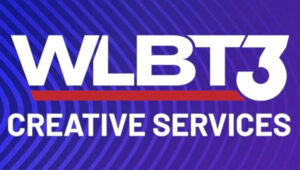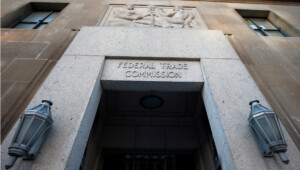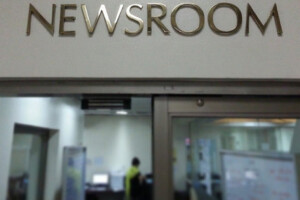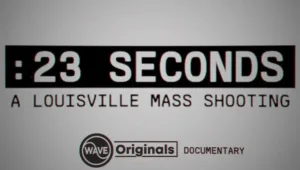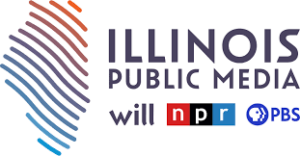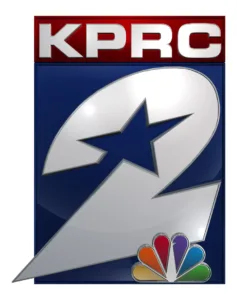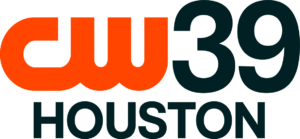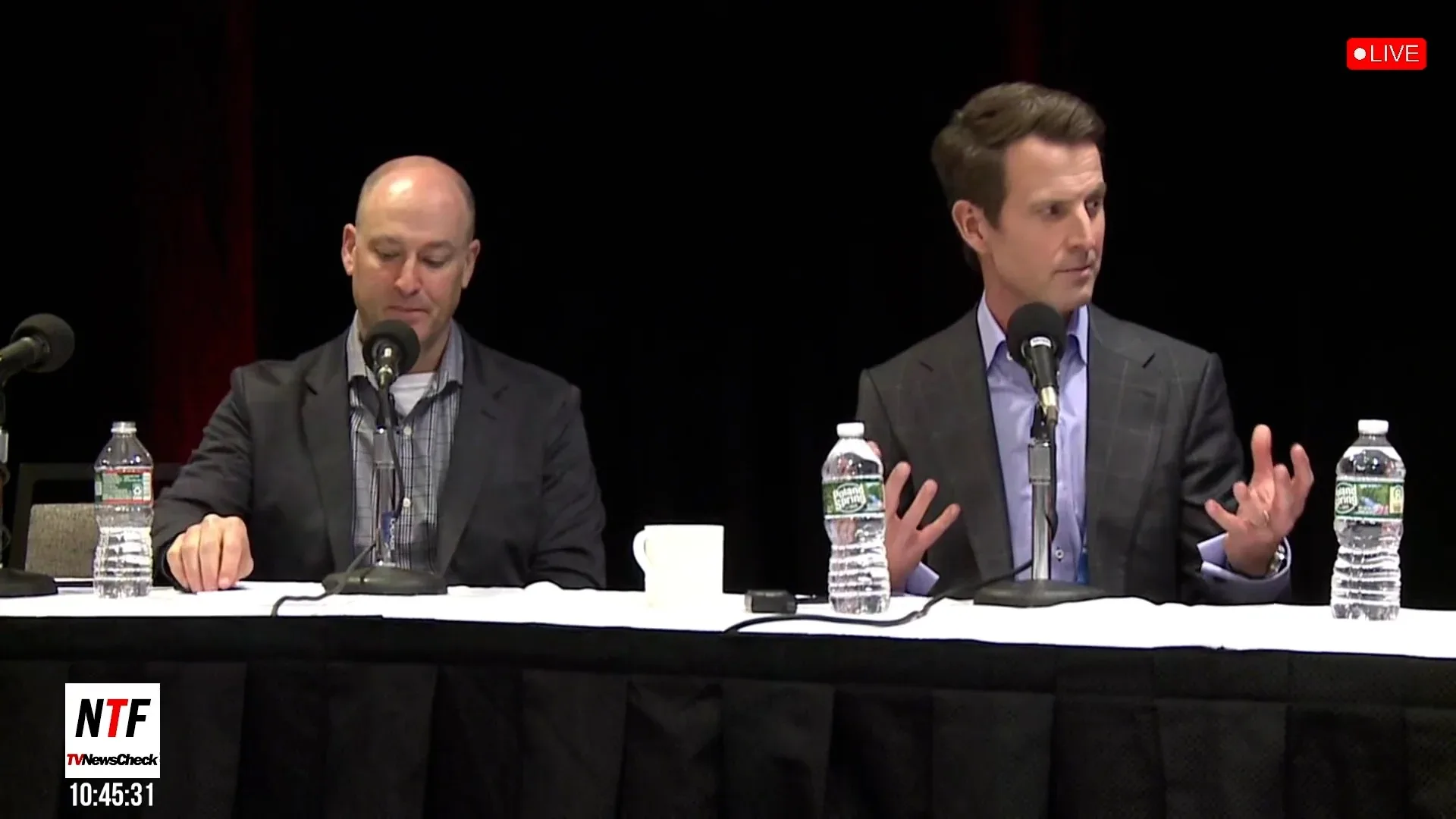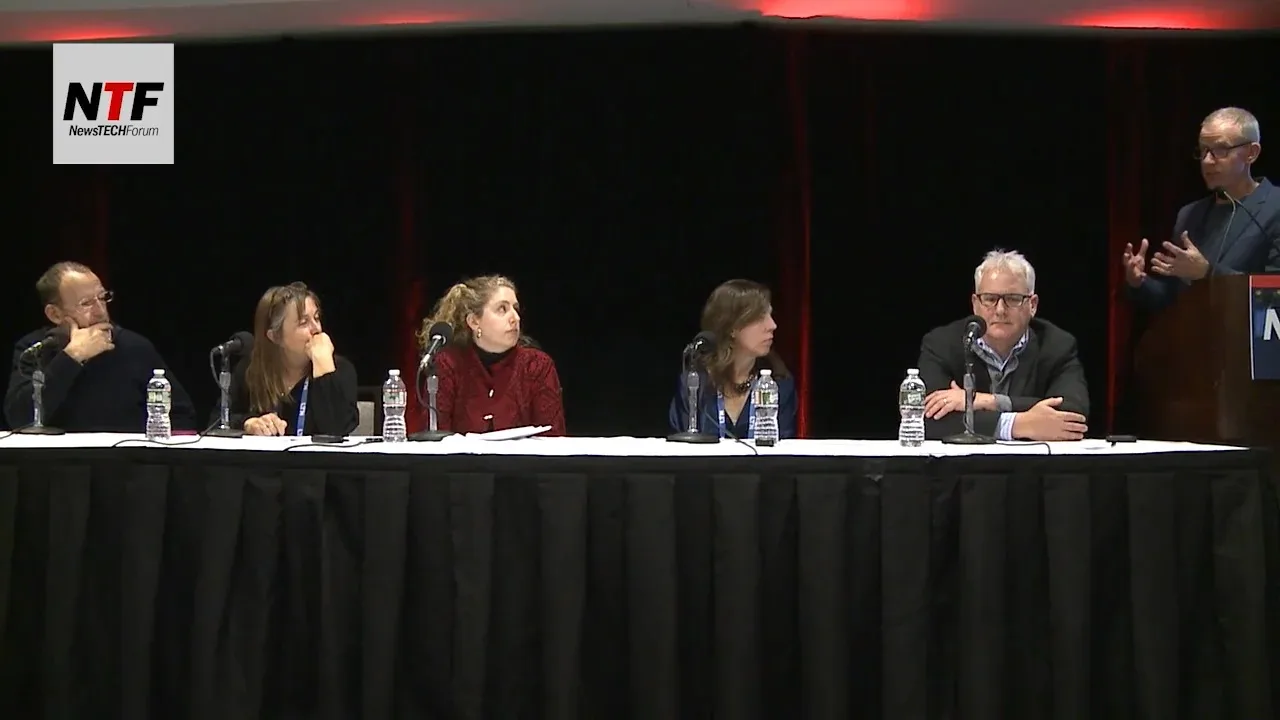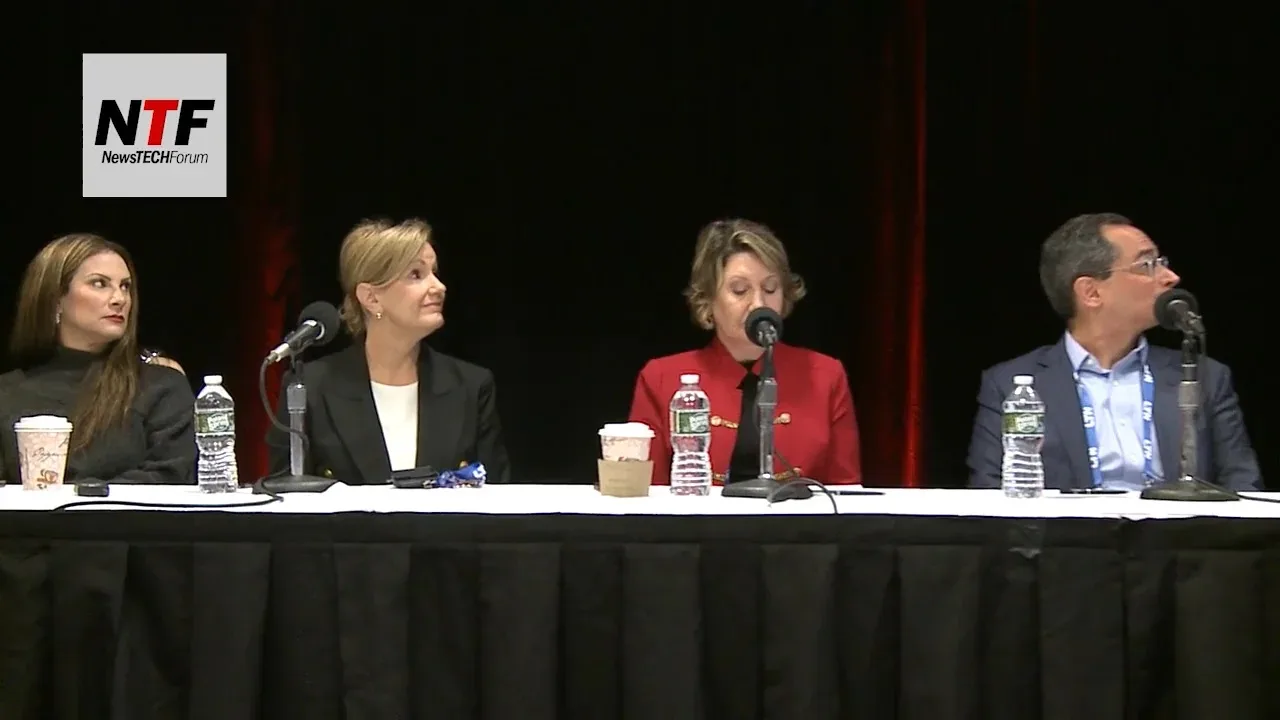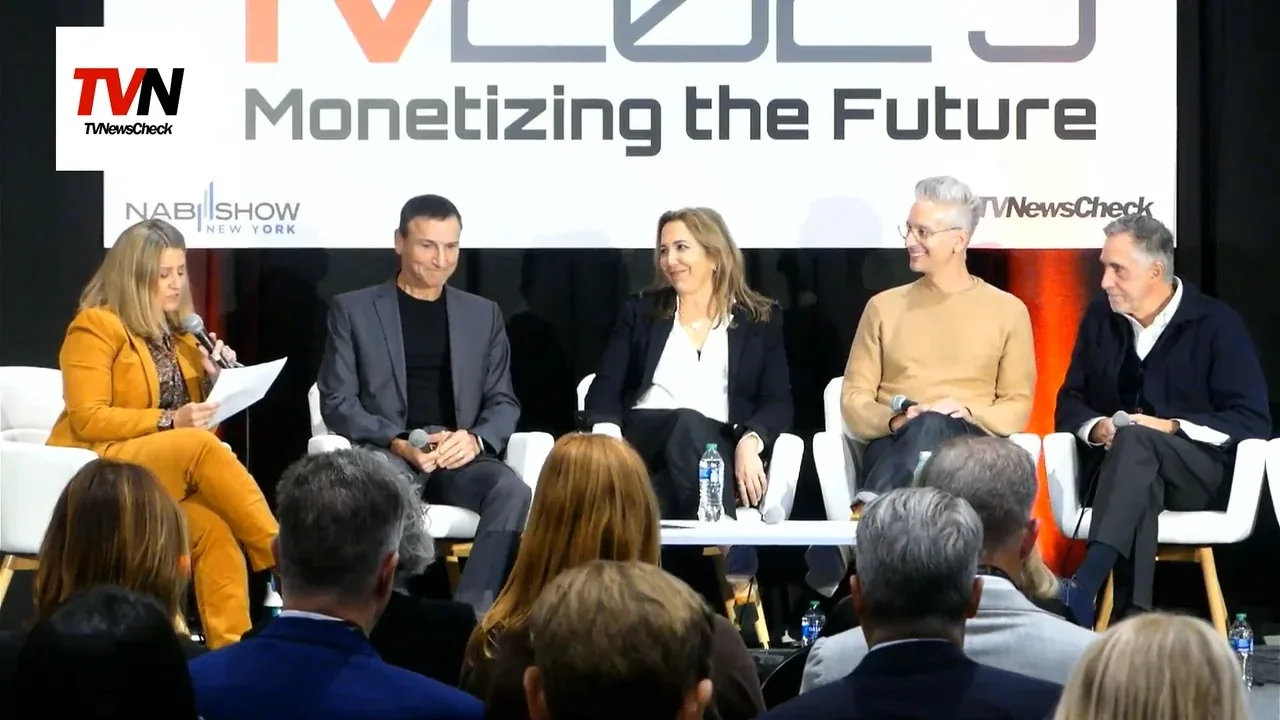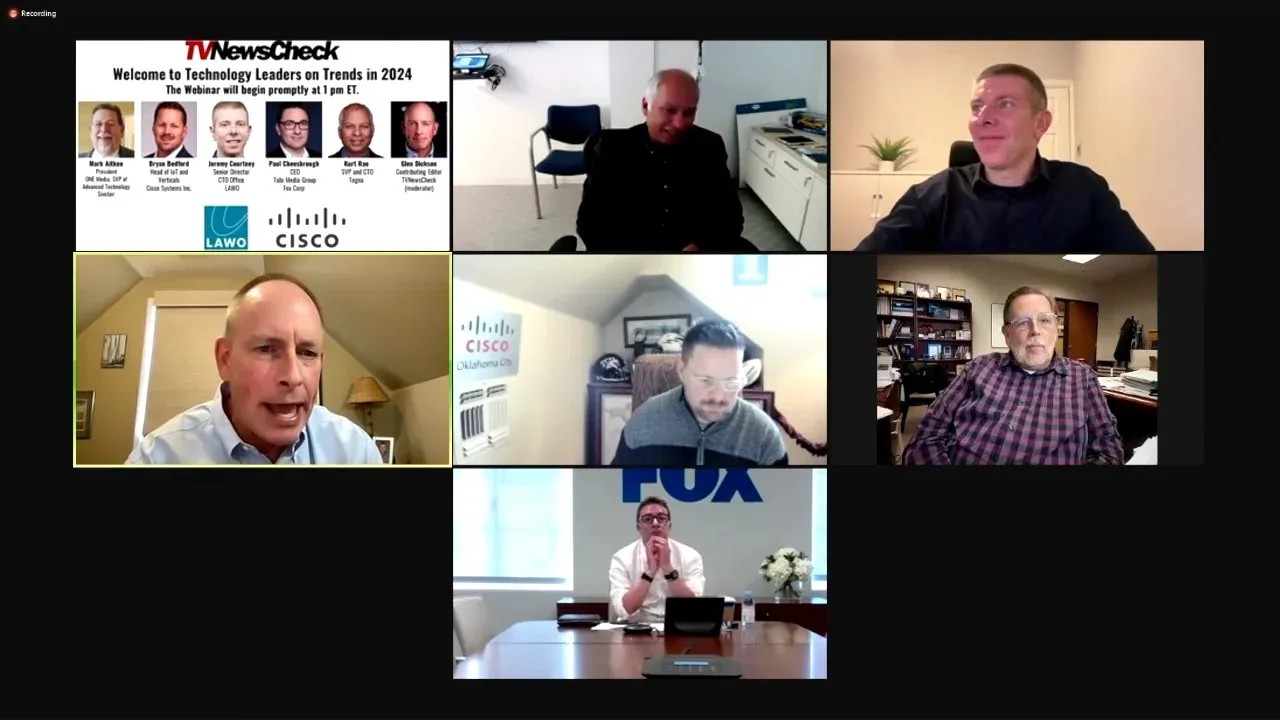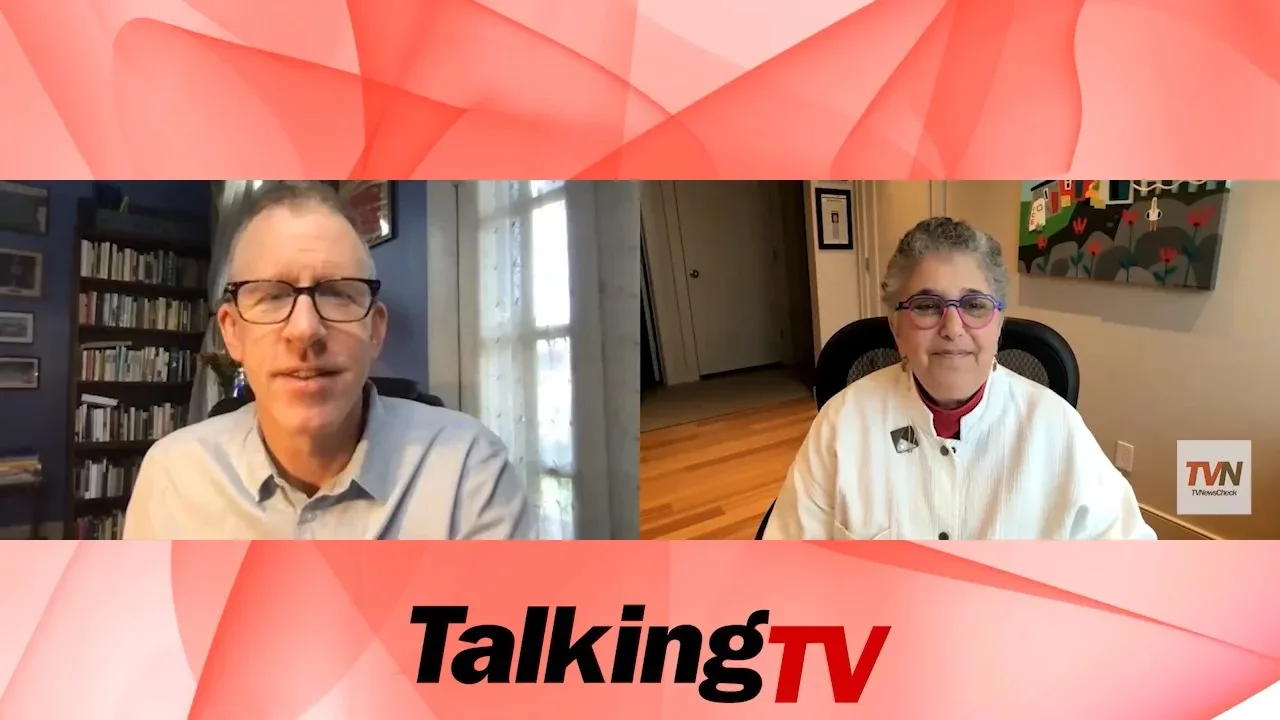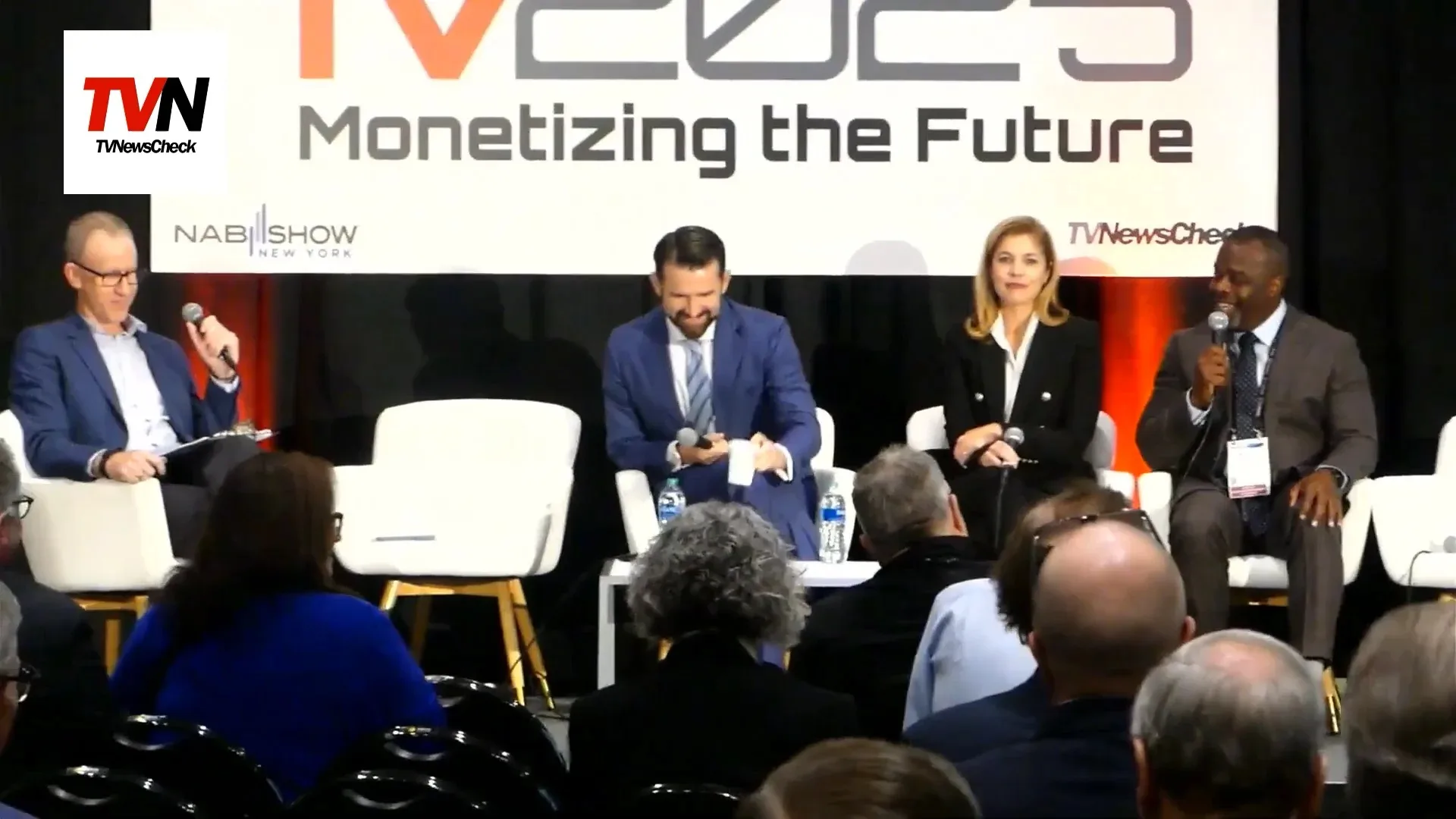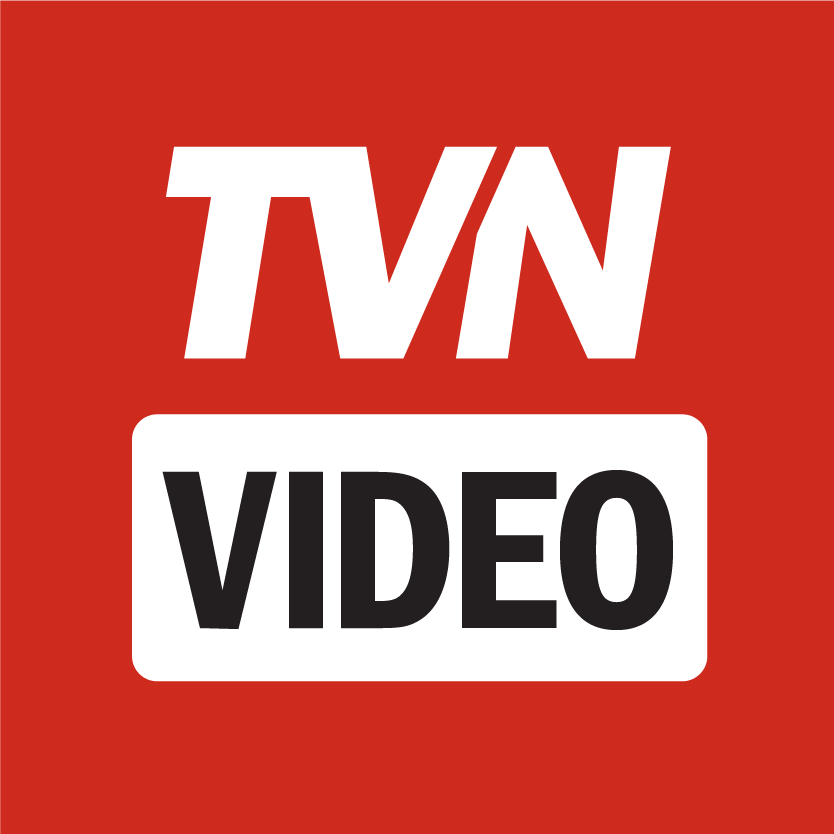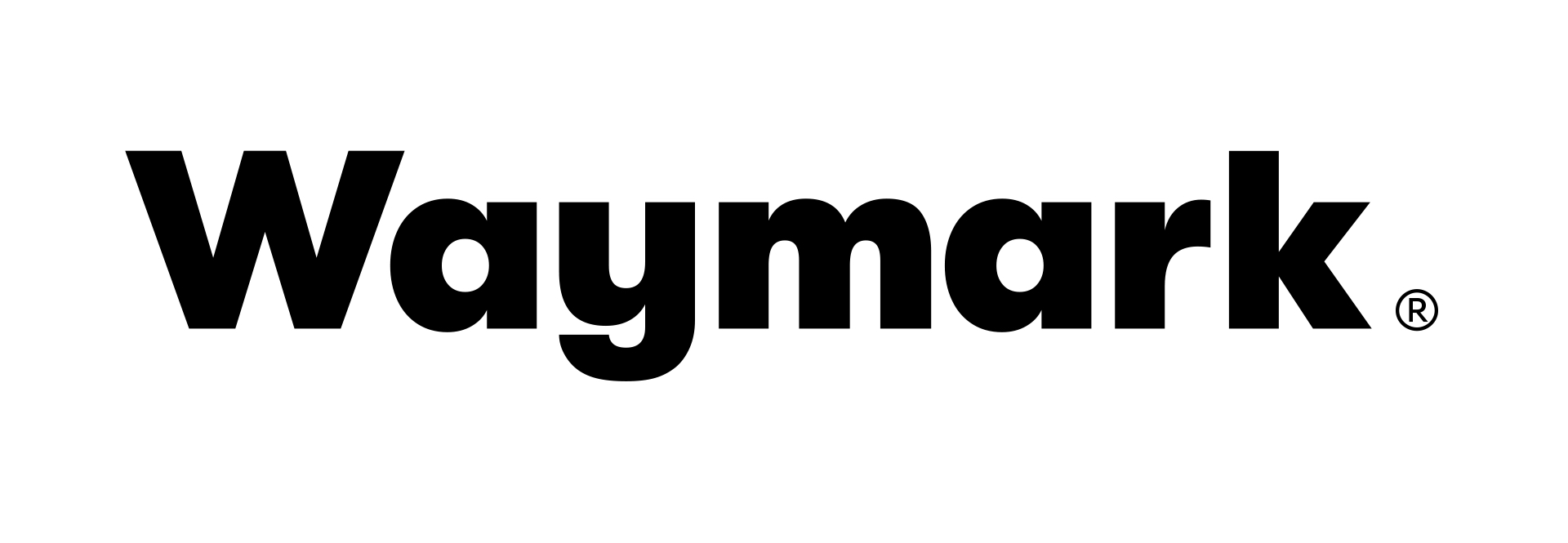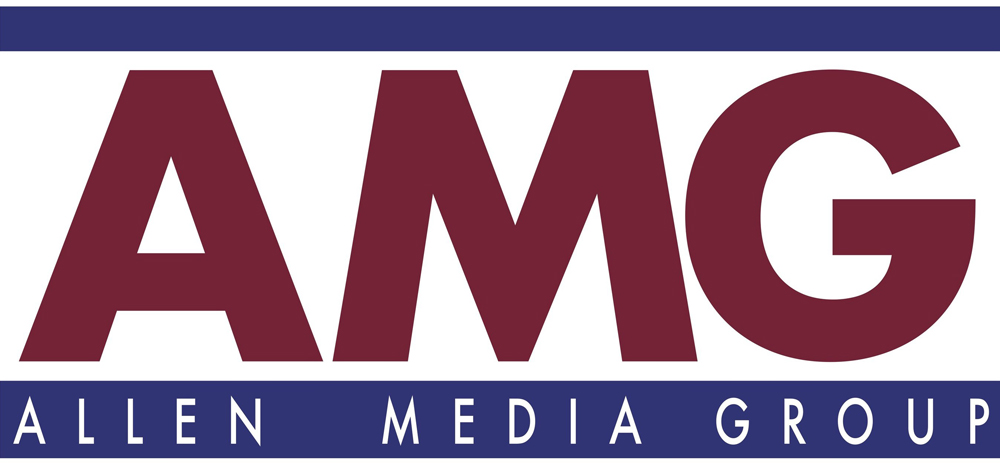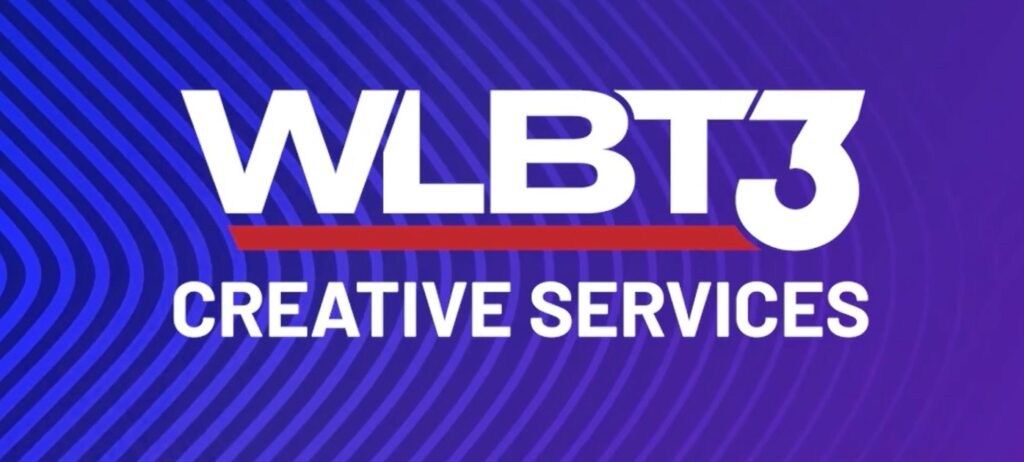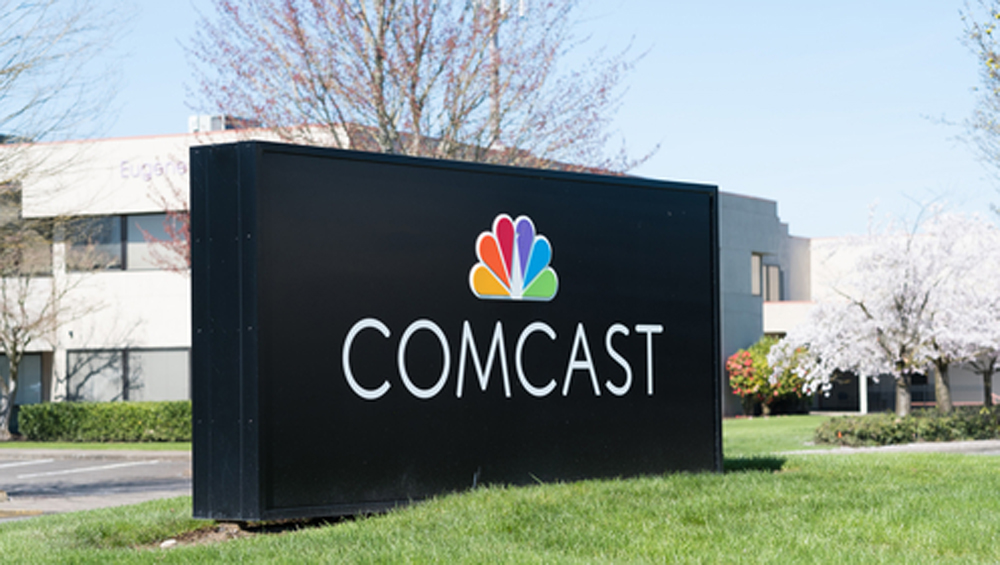
Comcast on Thursday surprised with a suite of prepaid products that includes wireless, fixed broadband, Wi-Fi and streaming TV, all under the new Comcast “NOW” brand. Wireless has offered prepaid mobile plans for years. These plans have typically been targeted to lower-income people; they don’t require good credit scores (since they’re prepaid); and they can easily be switched on and off. But prepaid has not been widely offered in the fixed broadband world.
Wisycom, a global provider of RF solutions, will showcase several of its latest wireless and distributed antenna system solutions at the NAB Show in Las Vegas (April 14-17), Booth C7507. […]
RDK Management has joined the Wireless Broadband Alliance and that the two organizations’ members plan to collaborate on industry-wide initiatives such as Operator Managed Wi-Fi, Wi-Fi 7, and IoT. RDK and WBA […]
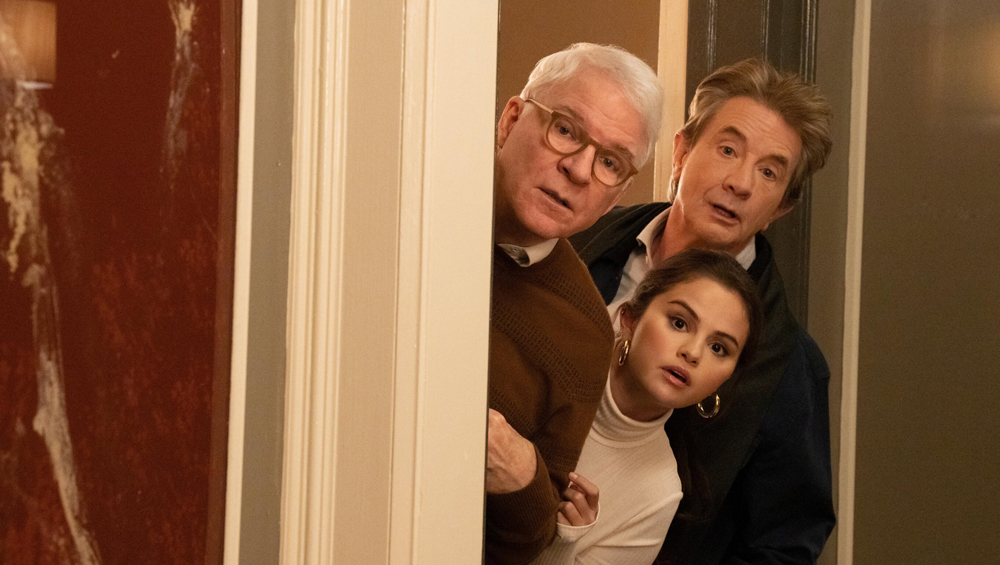
T-Mobile is sweetening the deal for its most expensive wireless plan with another free streamer: The carrier is bundling the ad-supported version of Disney’s Hulu for no extra charge later this month. Starting Jan. 24, Hulu With Ads (normally $7.99 per month) will be included at no extra cost as a part of T-Mobile’s Go5G Next unlimited plan. Under such agreements, the distributor (i.e., T-Mobile) typically pays a wholesale per-subscriber fee to the content provider (i.e., Hulu).
GatesAir, a Thomson Broadcast subsidiary dedicated to wireless content delivery, has bolstered its international sales team with the hiring of Carlos Lira Valdez, an experienced RF sales and engineering professional […]
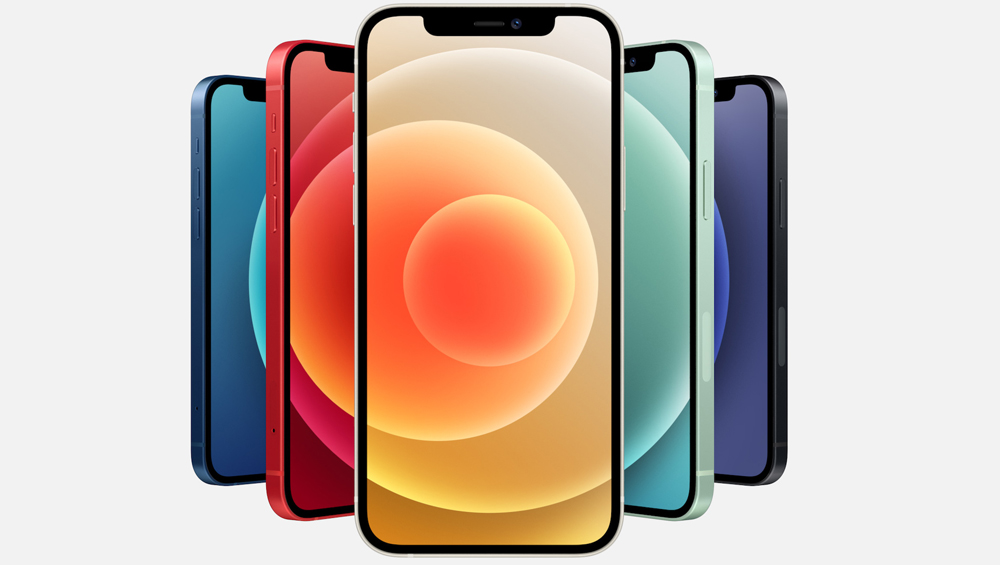
It appears the wireless industry in the U.S. is gearing up to support “branded calls.” Such calls will allow businesses to insert things like their name, the reason for their call and even potentially their corporate logo into a smartphone’s calling screen. According to the companies promoting the technology, branded calls can help reduce the nuisance of spam calls, and can create more trust in the nation’s overall calling system. However, the technology may also allow voice calling providers to make more money by charging businesses to access this kind of Rich Call Data (RCD).
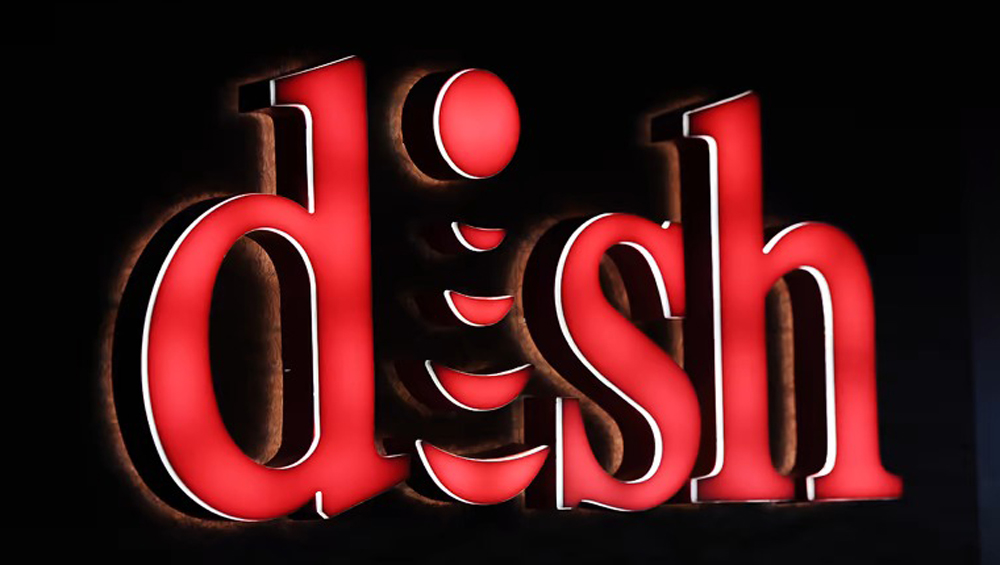
Dish Network is in talks to sell wireless plans for its nascent mobile phone service through Amazon, according to people familiar with the matter, an arrangement that could give the telecom company’s 5G rollout a critical lifeline. Details of the new phone plans sold through Amazon’s U.S. website could be announced as soon as June, the people said, though several factors could still delay or derail their launch.
GatesAir, a Thomson Broadcast subsidiary dedicated to wireless content delivery, enters its second century in business with new over-the-air broadcast innovations on the horizon for NAB Show 2023 (April 16-19 […]
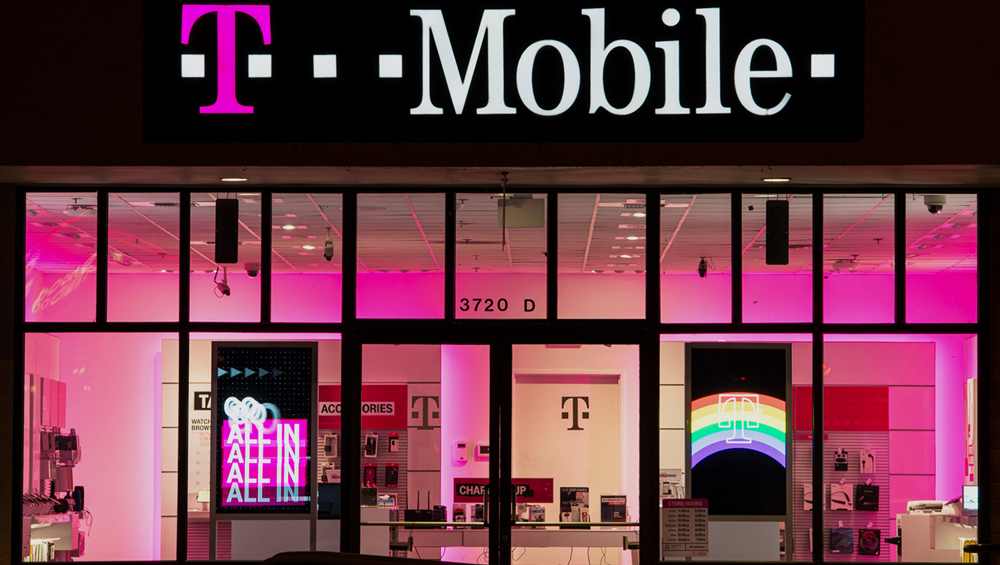
Cellphone carriers facing roughly $200 million in fines for sharing their customers’ locations are for now shielded from paying by the FCC’s partisan deadlock, according to people familiar with the matter. A partisan divide leaves the regulator short of the votes required to require T-Mobile, AT&T and Verizon to pay fines.
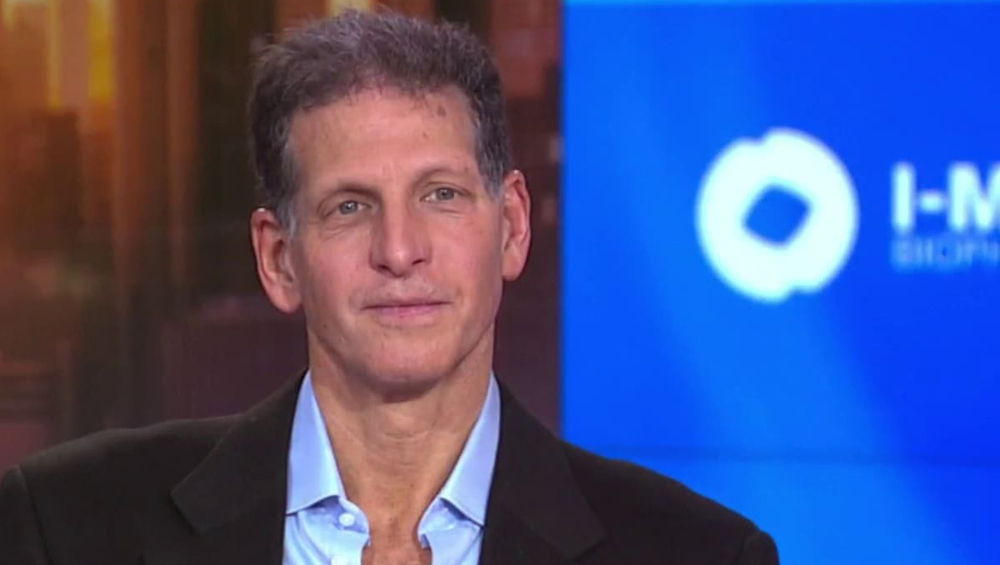
Craig Moffett says bearish investors are concerned about broadband capex, but overlooking wireless.
Wilkinson Barker Knauer has hired Kara Graves as a partner in its Washington office. She joins WBK with deep experience in wireless issues, specializing in spectrum policy, infrastructure and accessibility. […]
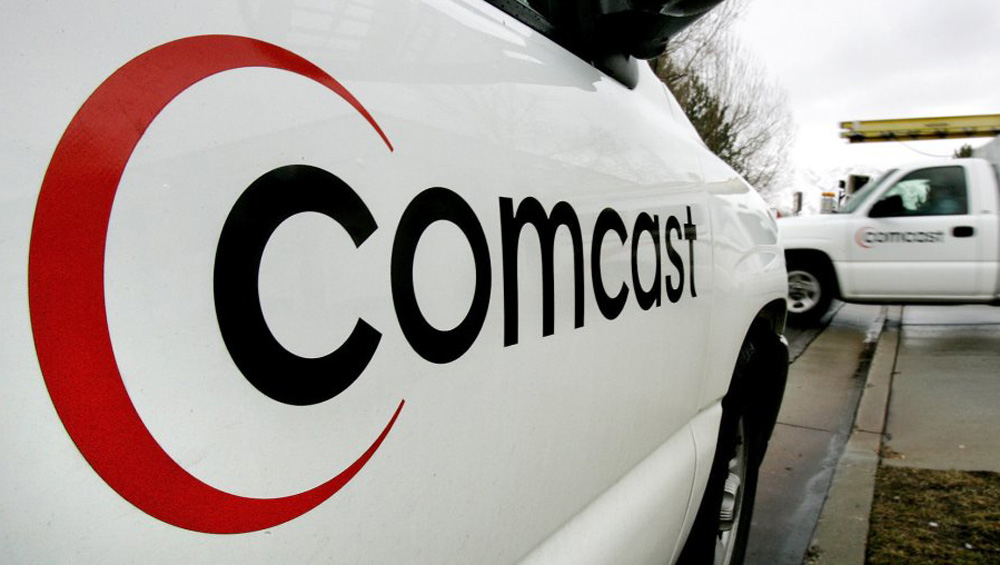
With pay-TV losses likely to continue, wireless has rapidly emerged as the primary pairing with home broadband at Comcast. “You’re really seeing it become the lead bundle, having the connectivity bundle with broadband together with wireless,” Comcast CFO Mike Cavanagh said Tuesday at the J.P. Morgan Global Technology, Media and Communications Conference.

Wells Fargo’s Eric Luebchow and Steven Cahall predict cable broadband market share could be halved in five years.
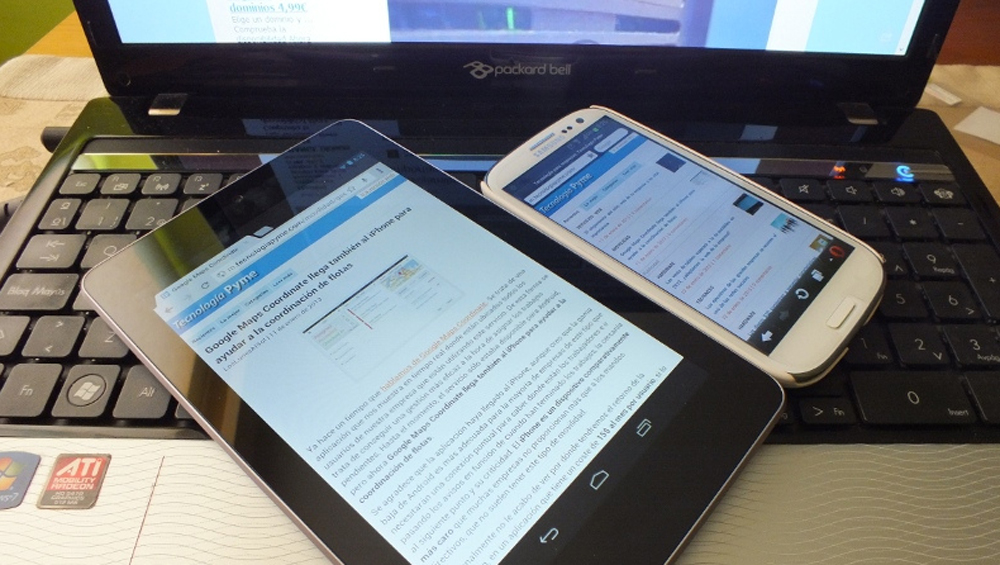
Wireless subscriber growth has been off the charts over the past year, with second quarter increases nearing records as mobile service providers like AT&T, Verizon and T-Mobile blanket the market with free offerings. But as subscriber numbers have surged, MoffettNathanson principal and senior analyst Craig Moffett wrote in a research report that those new customers are a volatile bunch, meaning the industry may soon have to decide whether to keep heavy promotions going just to maintain the status quo, or risk losing them by turning off the promotional spigot.
CP Communications, a provider of solutions and services for live event productions, provided RF coordination and an extensive complement of equipment for ESPN, Fox and MLB Network during Major League Baseball’s All-Star Game and related […]
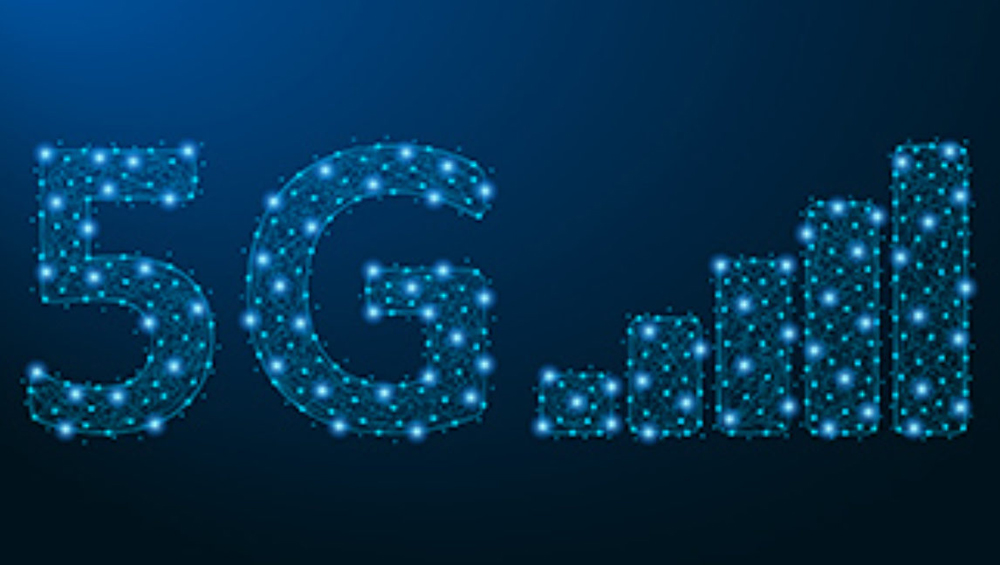
For broadcasters, 5G represents both a potentially helpful new tool and a competitive threat. The reality of either prospect hinges on how quickly and deeply the technology gets rolled out.
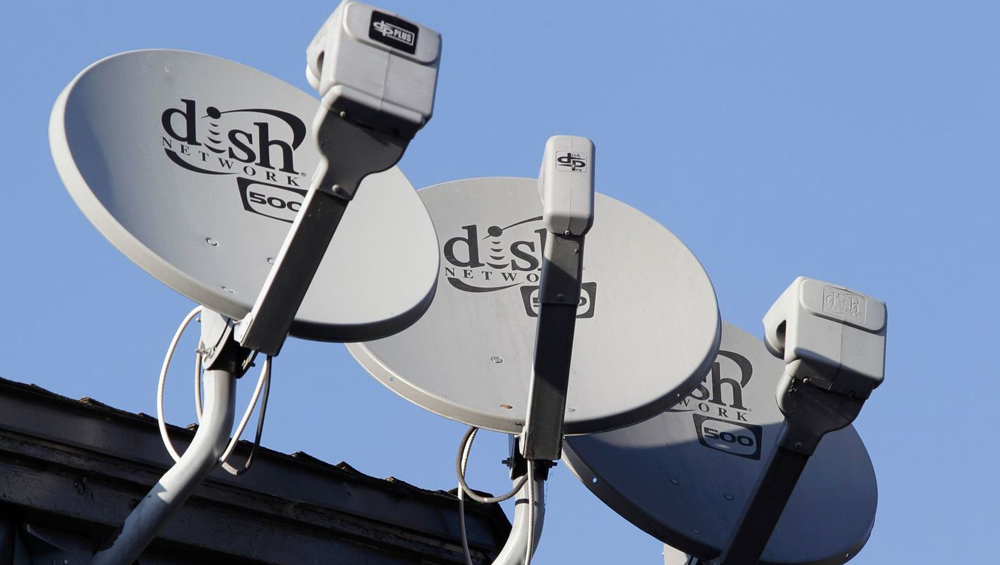
Satellite TV company Dish Network says it has closed on its acquisition of the prepaid service Boost Mobile from T-Mobile, effectively making the pay-TV company the country’s fourth major mobile provider alongside Verizon, AT&T and T-Mobile. Dish is now focusing its new investments on building out a 5G network as the satellite TV business continues to shrink.
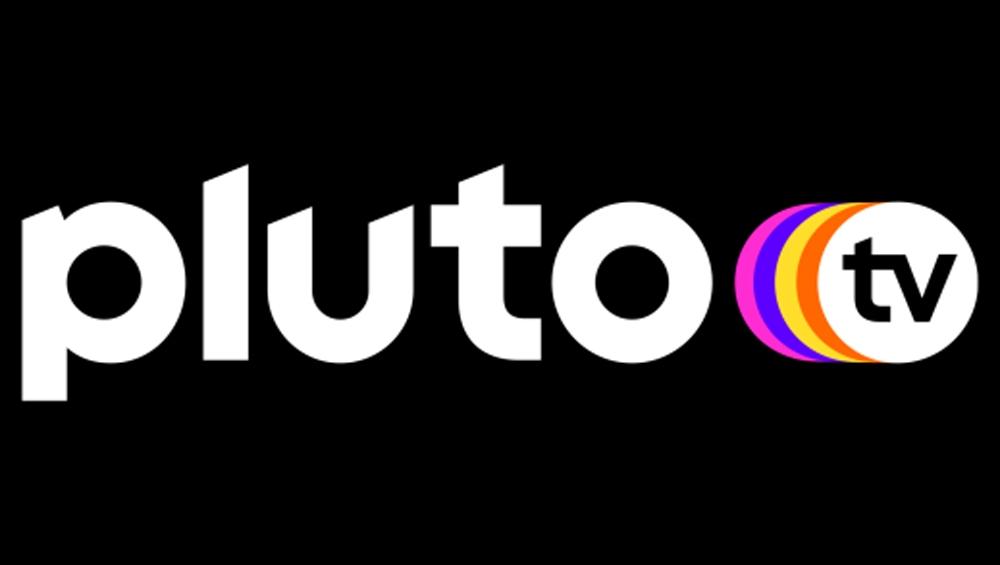
Verizon and ViacomCBS have struck a deal for the latter’s fast-growing AVOD property, Pluto TV, to bundled across Verizon’s 116 million wireless, 4 million video, and 6 million broadband customers in the U.S.
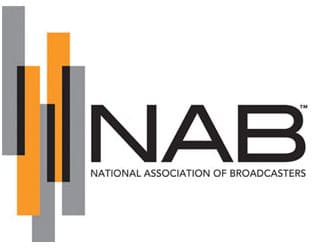
The NAB is clearly unhappy with the prospect that the FCC will open up the entire 6 GHz band for sharing with unlicensed wireless. Patrick McFadden, the group’s associate general counsel, left nothing but scorched earth beneath the Open Technology Institute, Facebook, tech companies in general, conservative groups and others in a blog post over the hot-button issue of opening up that spectrum, a proposal the FCC is voting on this week.
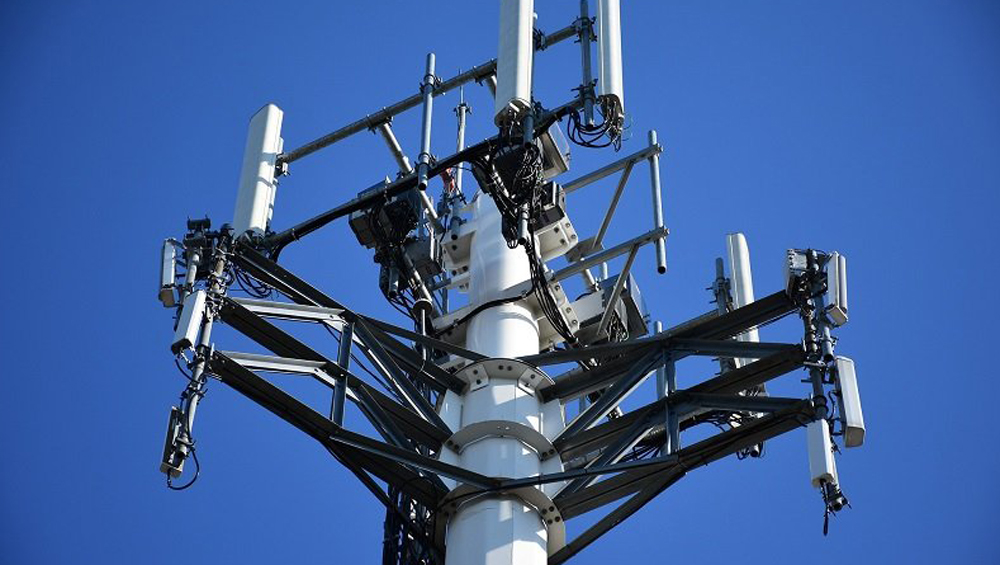
The surge of Americans working, learning and socializing online is helping make the wireless industry’s case for building superfast internet connections.
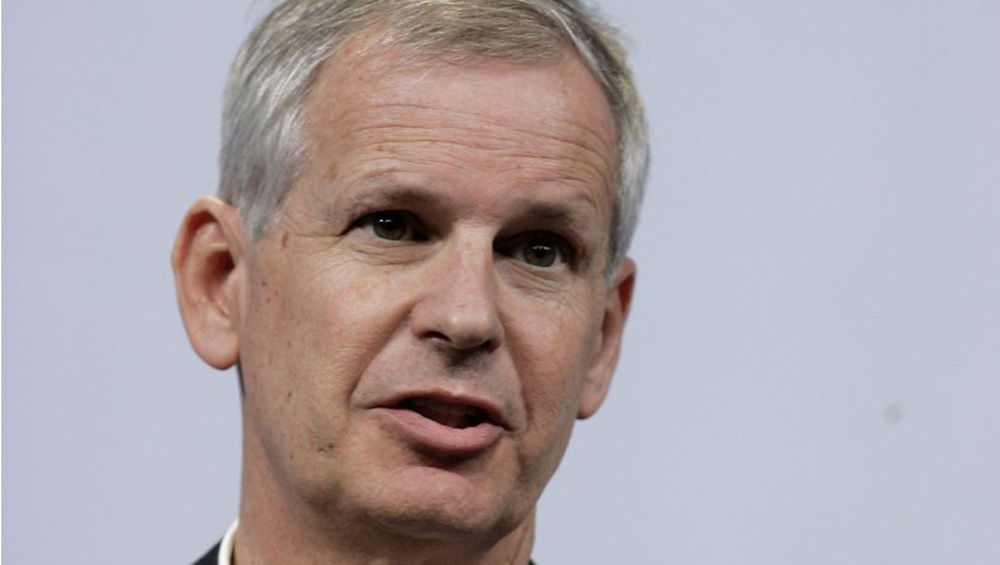
Dish’s Charlie Ergen said he has letters from three banks prepared to offer $10 billion to fund the company’s new wireless network as he appeared in federal court to testify in support of T-Mobile US’s purchase of rival Sprint.
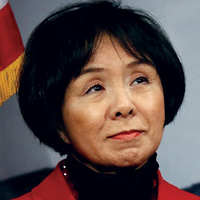
As promised at a recent hearing, Rep. Doris Matsui, co-chair of the Congressional Spectrum Caucus, has released a discussion draft of a C-Band repurposing compromise bill, the Wireless Investment Now in 5G Act, that would have the FCC auctioning some or all of the (3700-4200 MHz) midband spectrum in its effort to free up more airwaves for next-gen wireless broadband.
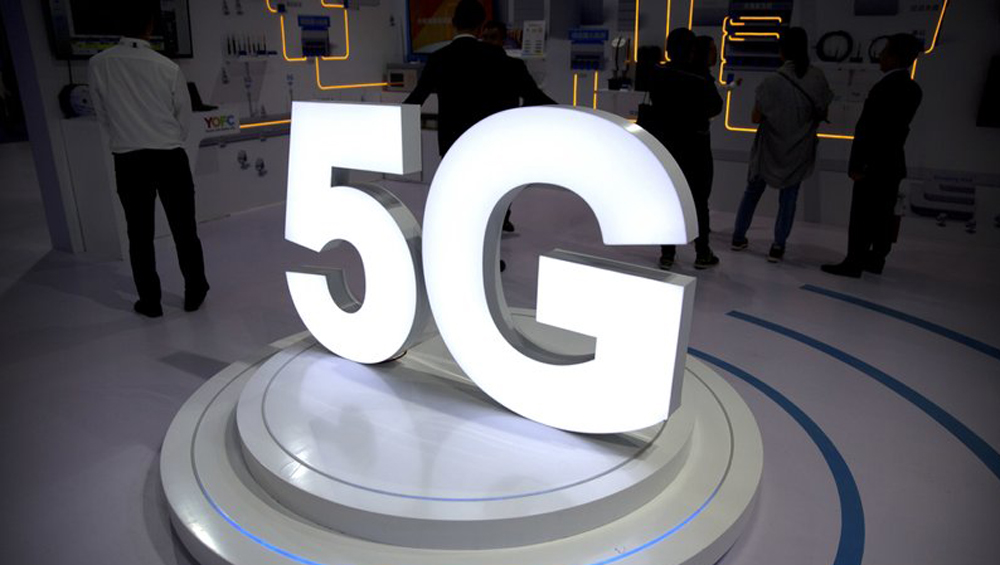
The administration isn’t calling for any specific action other than reports from various agencies due in about six months, and the development of the strategy itself in about nine months.
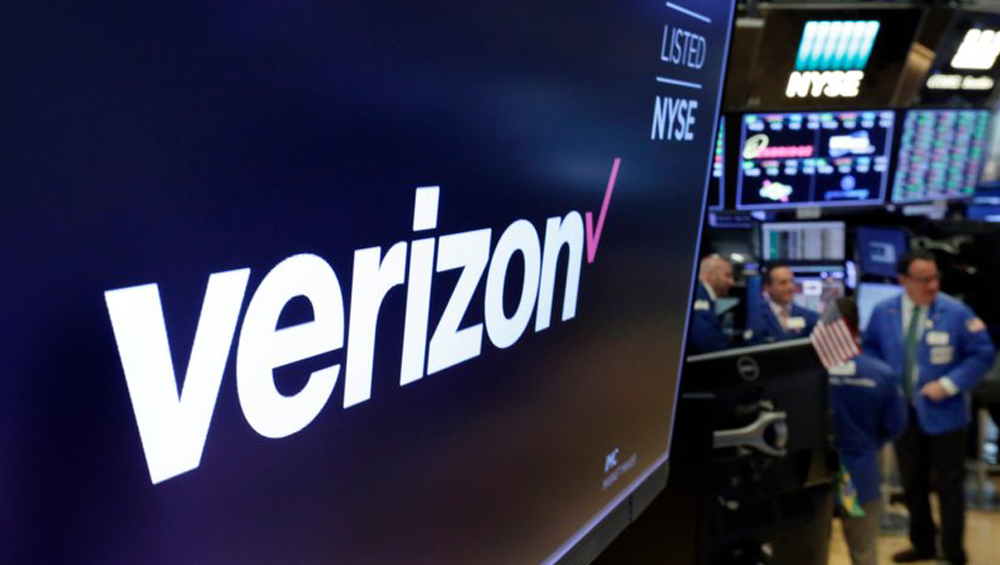
Using an emerging wireless technology known as 5G, Verizon’s 5G Home service provides an alternative to cable for connecting laptops, phones, TVs and other devices over Wi-Fi. It launches in four U.S. cities on Monday.
Dish Network Corp. is being asked by the FCC to provide details about its wireless network plans, a not-so-gentle reminder that the company has less than two years to use […]
Chairman Ajit Pai steps up the FCC’s efforts to help the island territories repair and expand wireless and broadband networks devastated by last year’s hurricanes.
The wireless carrier is making a big bet on its pro football deal — but it will no longer have exclusive mobile rights.
With AT&T’s core wireless business getting tougher and tougher, the telecom giant has looked to reinvent itself as the model of a next-generation media conglomerate, starting with the $49 billion deal to buy DirecTV in 2015. AT&T is trying to imagine a future where your smartphone is the center of the entertainment universe, and taking active steps to get there. That future, however, is not a sure thing, and AT&T has seen the growth of one of its marquee efforts stall in early 2017.
Dish subscribers with an Internet-connected Hopper or Wally DVR can now deliver voice commands to Amazon’s Echo to change channels, and perform other tasks such as pause, fast-forward and rewind.
Amazon would become a foundational customer of the wireless network Dish Network hopes to launch within the next few years. It’s not clear if the discussions also involve an investment by Amazon in Dish Network and/or its potential wireless business.
Comcast and Charter Communications said today they have reached an operational agreement on working together on wireless communications plans. Under the agreement, the companies will sell wireless only to their own customers.
CEO Randall Stephenson vowed to “make some adjustments” with the marketing of DirecTV after a quarter in which “churn was up significantly” — especially among those who don’t buy it as part of a bundle. He attributed the weakness to competition from streaming services, as well as as cable companies offering with their triple-play offers, combining video, Internet and voice services, he noted. “We continue to be big, big advocates of the integrated bundle.”
AT&T said Monday it would buy Straight Path Communications, a holder of licenses to wireless spectrum, for $1.25 billion in an all-stock deal as it aims to accumulate the airwaves it needs for a next generation network. The deal shows how wireless carriers may be increasingly willing to pay lofty prices for assets they view as critical to 5G, which is expected to boast higher speeds and more capacity.
Comcast will start selling cellphone plans called Xfinity Mobile in the coming months, using a network it’s leasing from Verizon. Many subscribers will save money, especially if they don’t use a lot of data. The catch: Only Comcast internet customers can sign up.
The two station groups’ goal is to promote broadcast spectrum aggregation, innovation and monetization, in anticipation of the adoption of ATSC 3.0. They say they want to include other broadcasters in the effort to compete in wireless data transmission.
While Comcast and Charter Communications are currently doing plenty of work, both engineering and otherwise, on upcoming wireless products based on MVNO relationships with Verizon, the cable industry isn’t talking much about who specifically is leading it into the wireless business. Here are profiles of five key executives on the front lines of assembling the cable industry’s wireless businesses.
They claim proposed privacy rules could hurt their ability to compete with the likes of Facebook and Google. The regulatory push comes at a time when Verizon and AT&T are working aggressively to sell ads that accompany their growing array of video products.
KRGV Relies On Letrosonics Wireless Gear For Telethon
The U.S. government soon will reveal which companies want to bid on airwaves in the next multibillion-dollar spectrum auction. Who’s not on the list, due out as soon as this week, could be as significant as who is. Not only has cash-tight Sprint Corp. declined to join, but rich outsiders like Google are also sitting this one out. If no surprise bidders emerge to drive up prices, carriers may be able to grab valuable wireless space at a bargain after the record $41 billion they paid in an auction last year.


